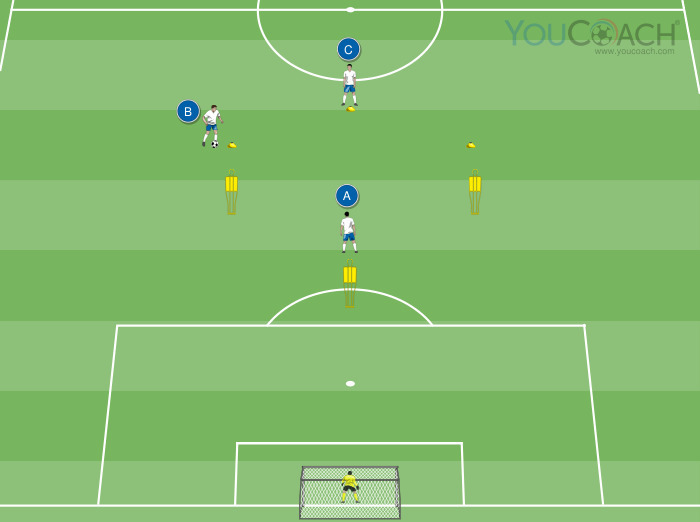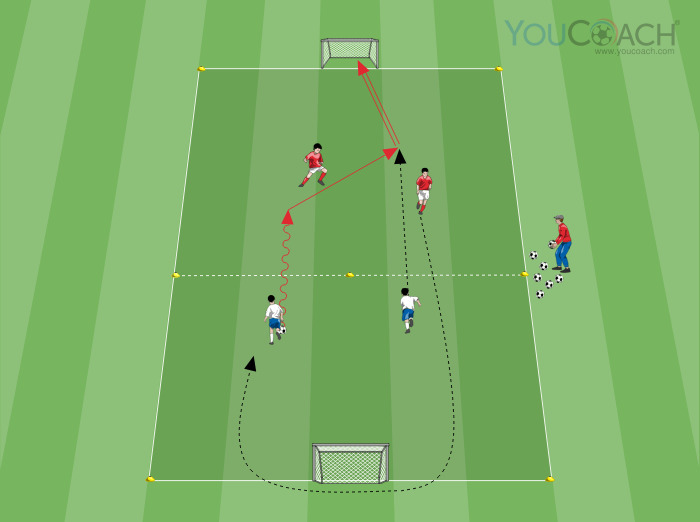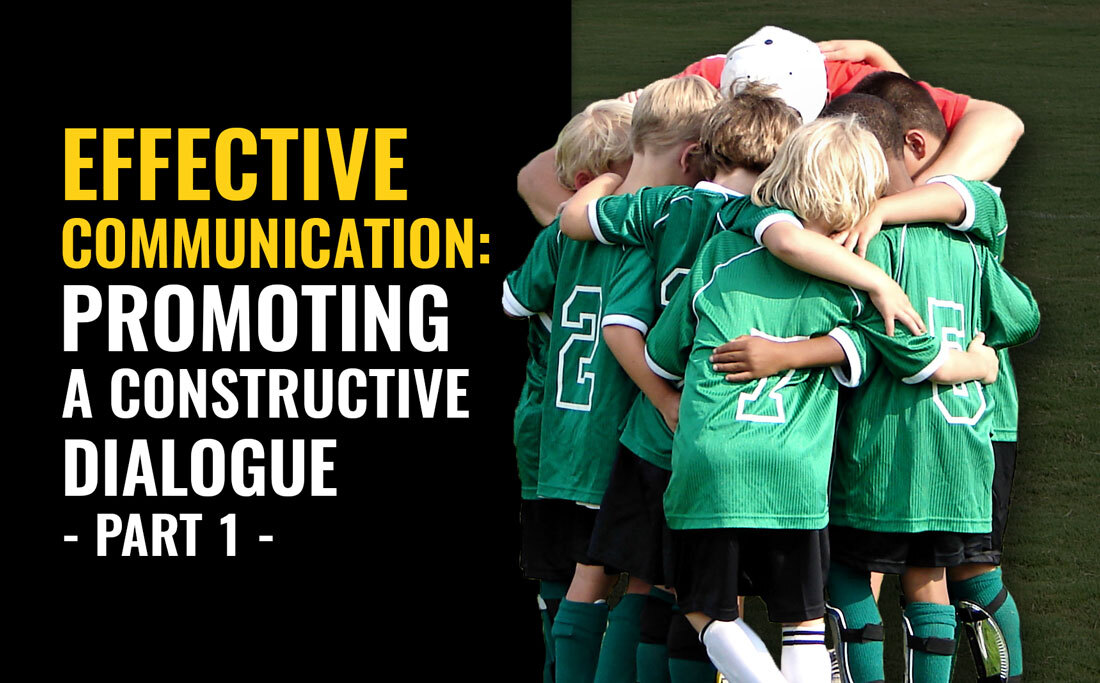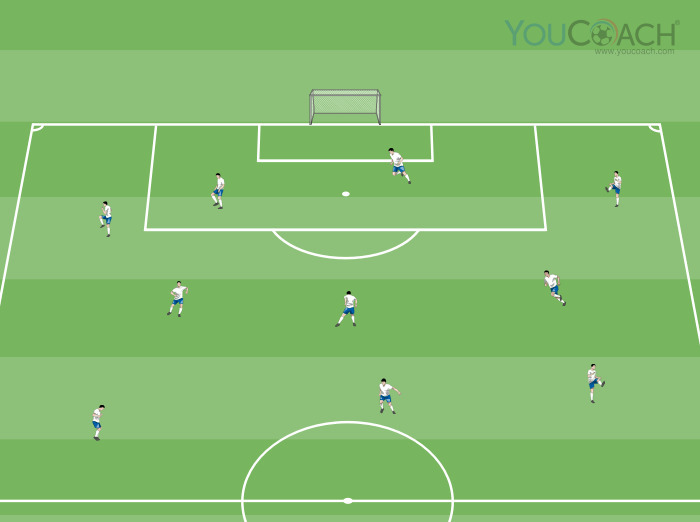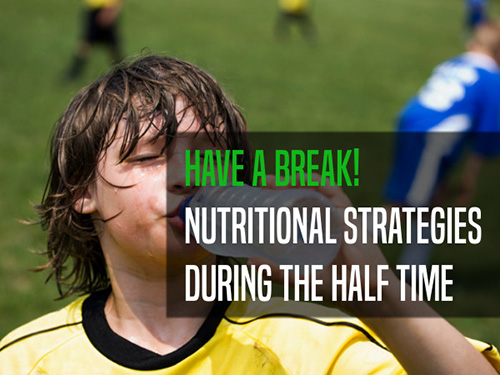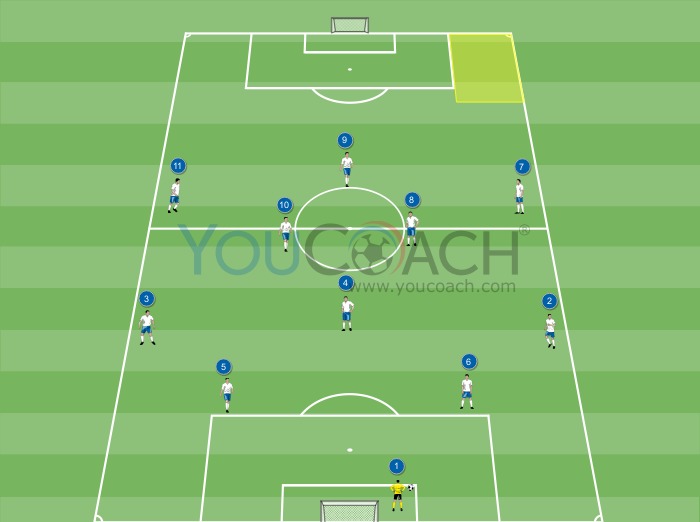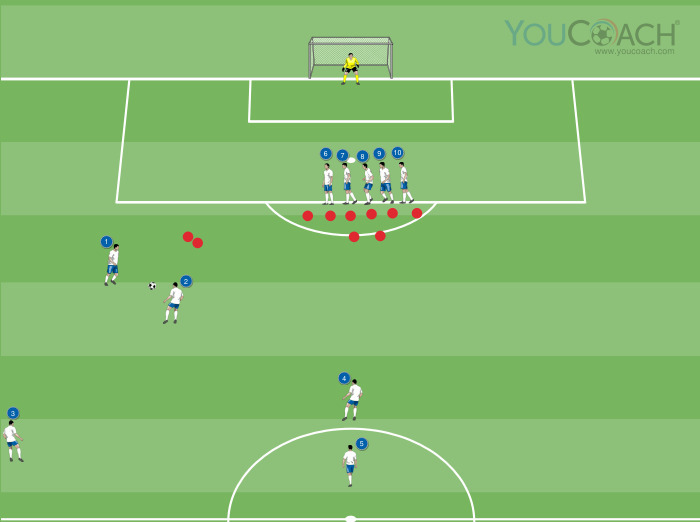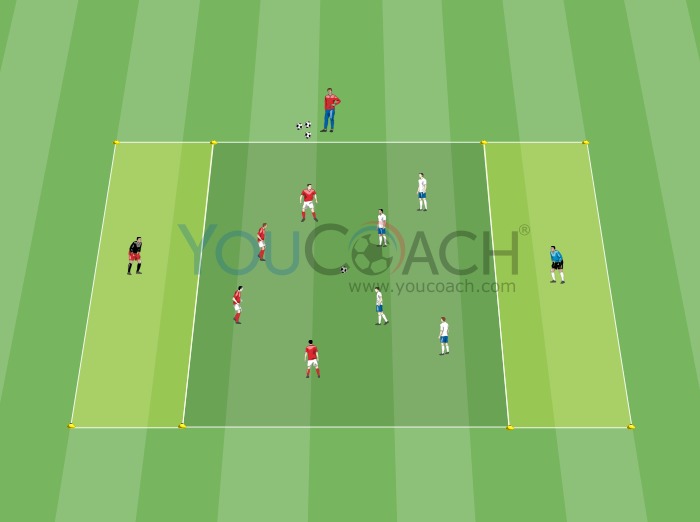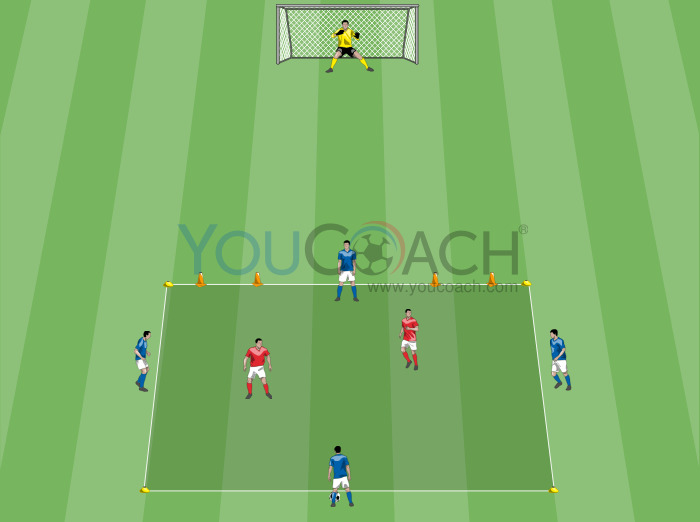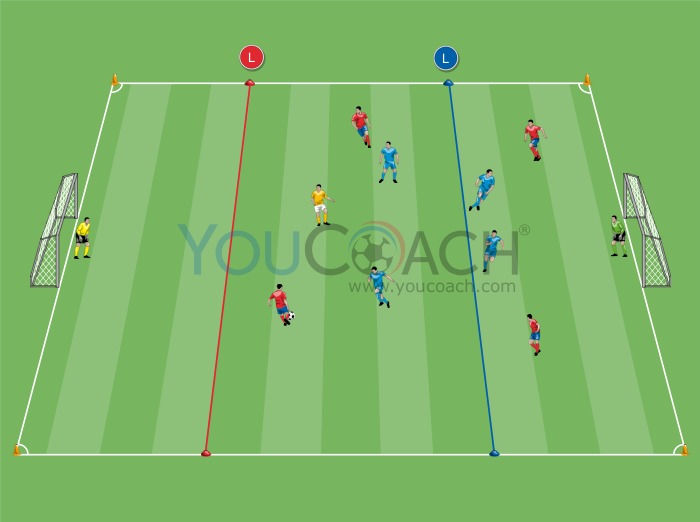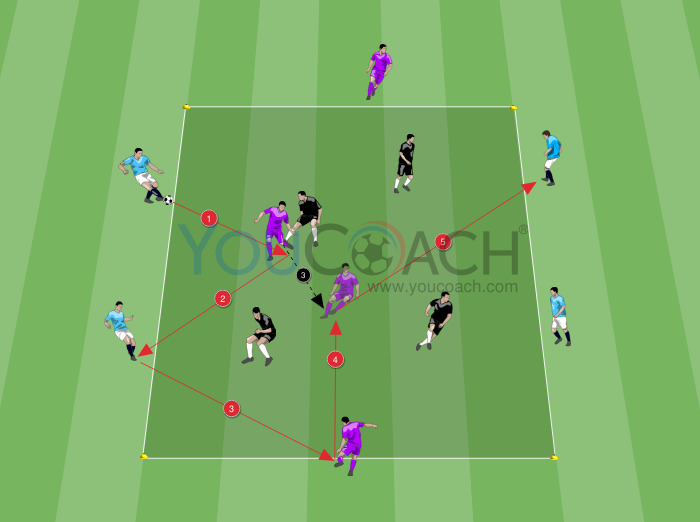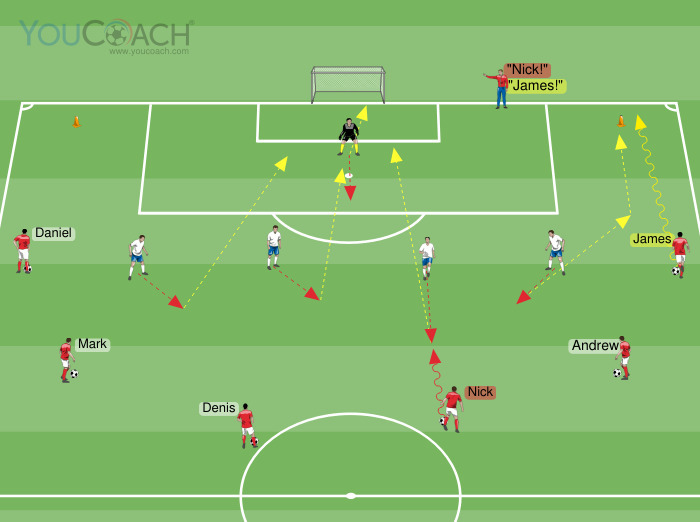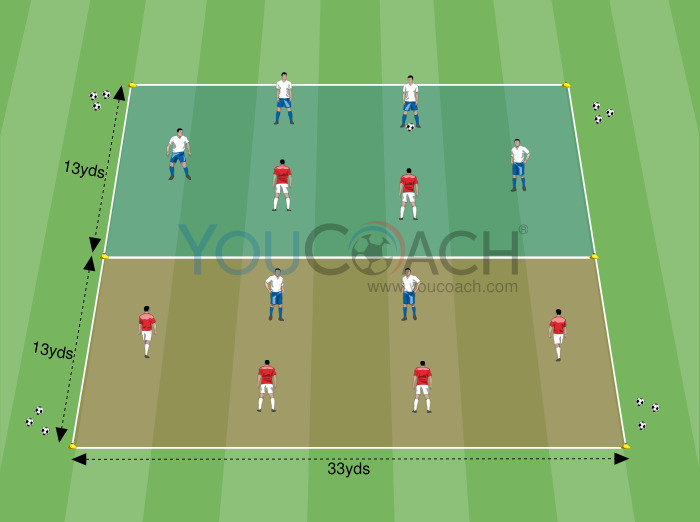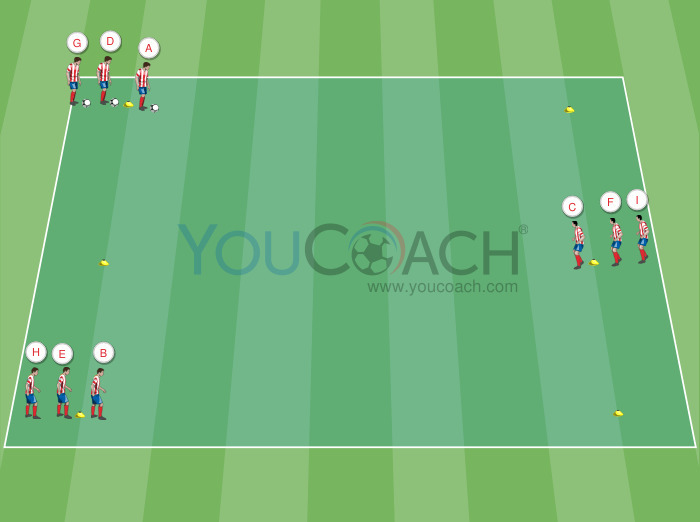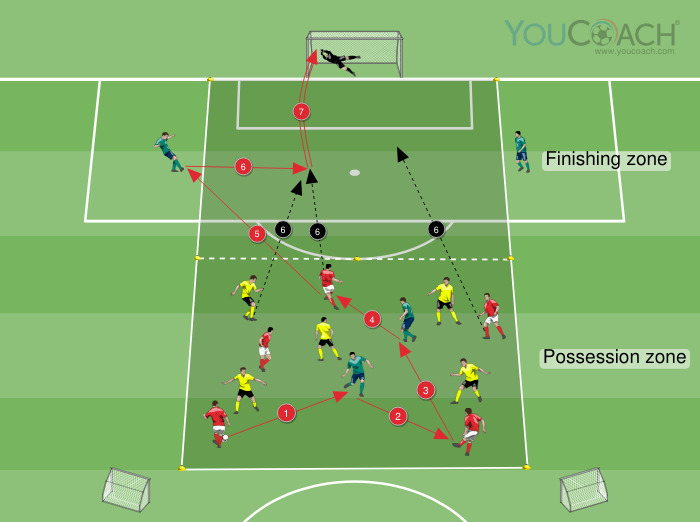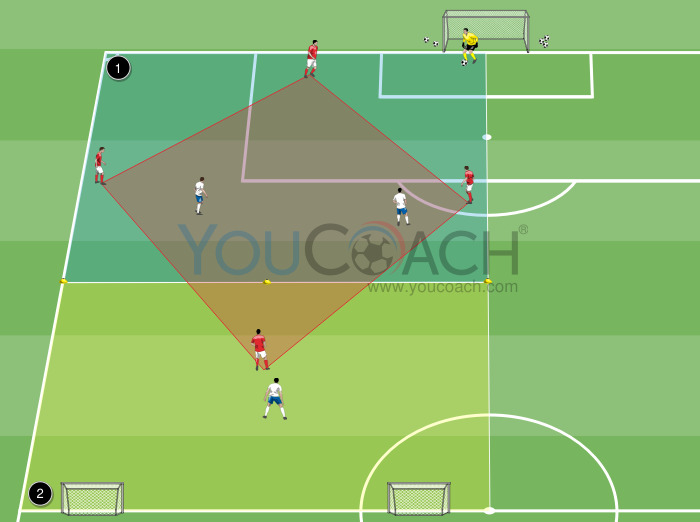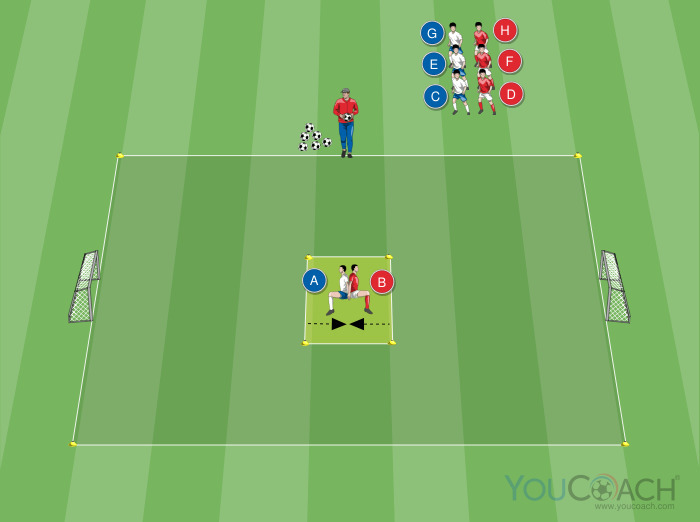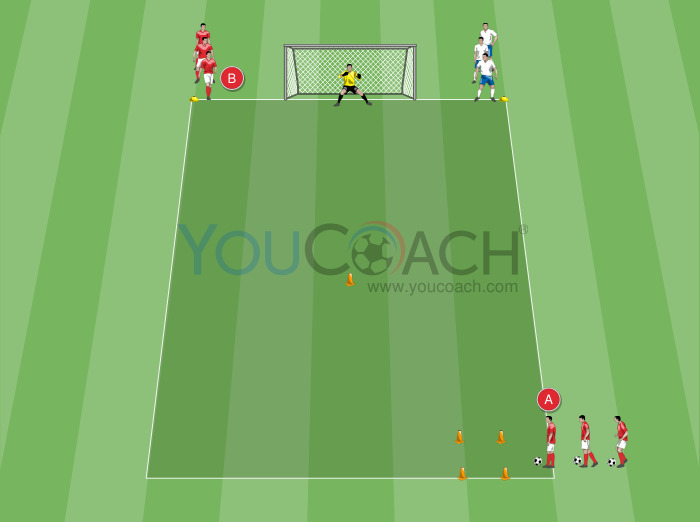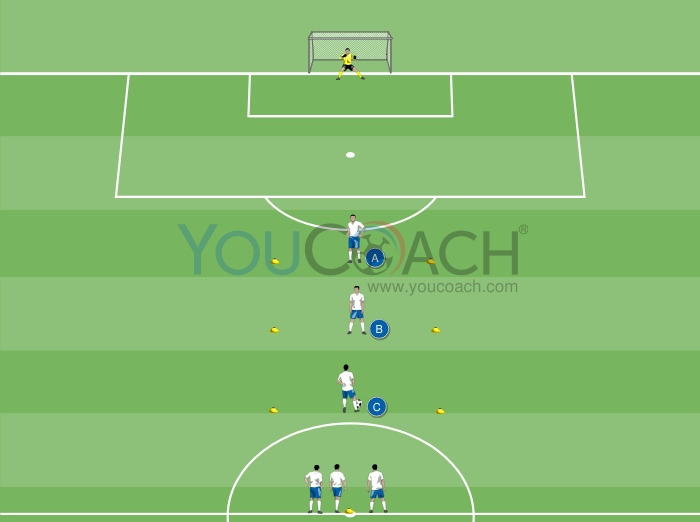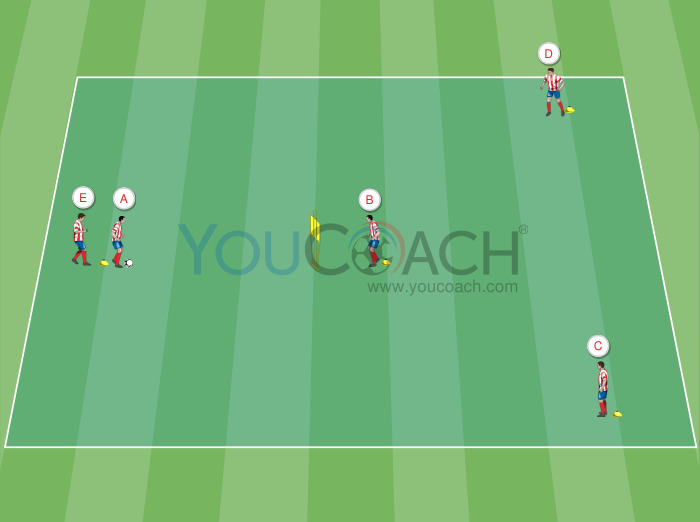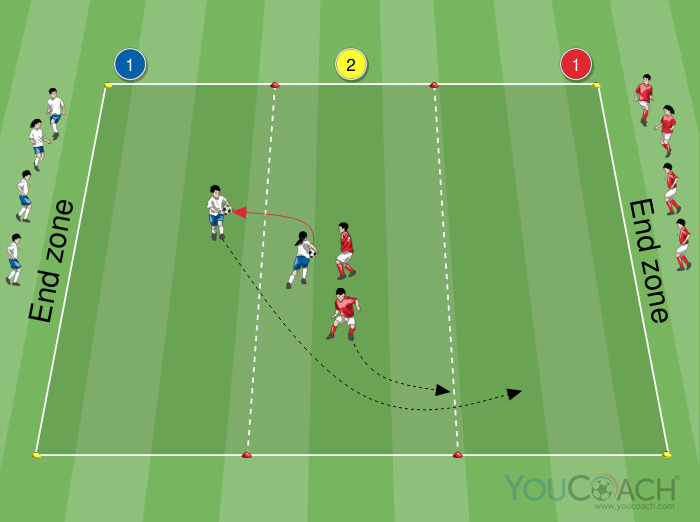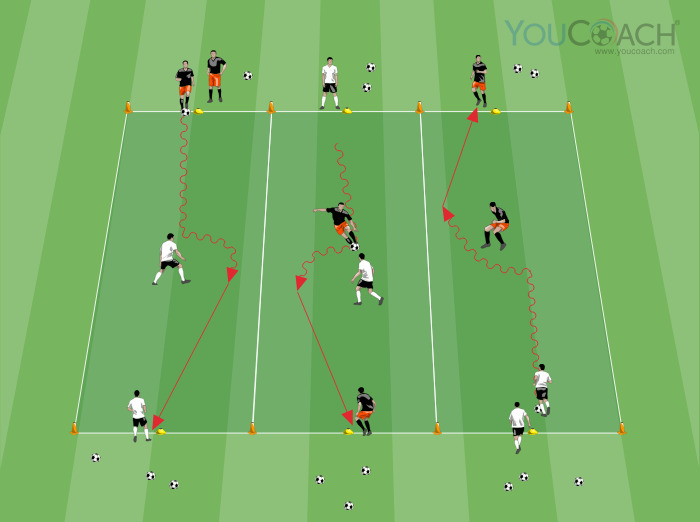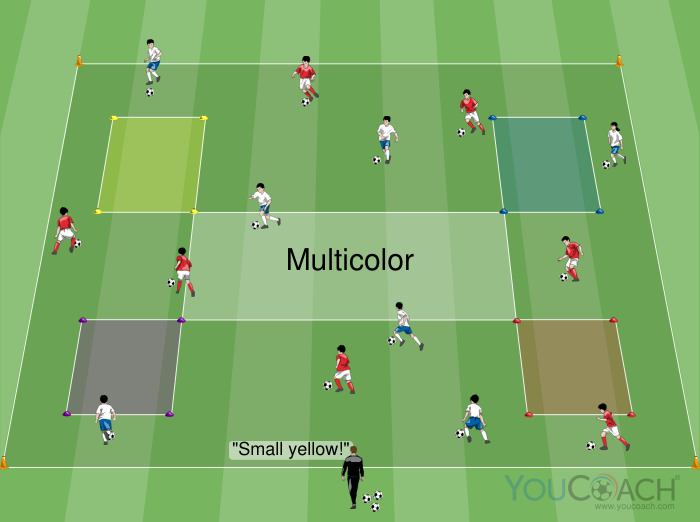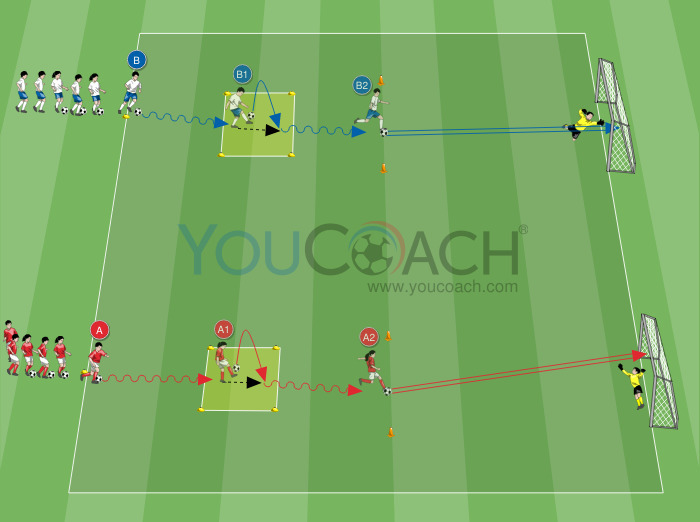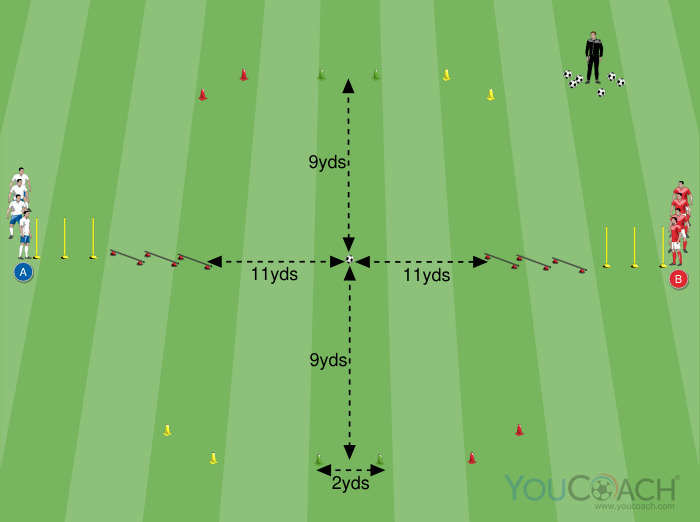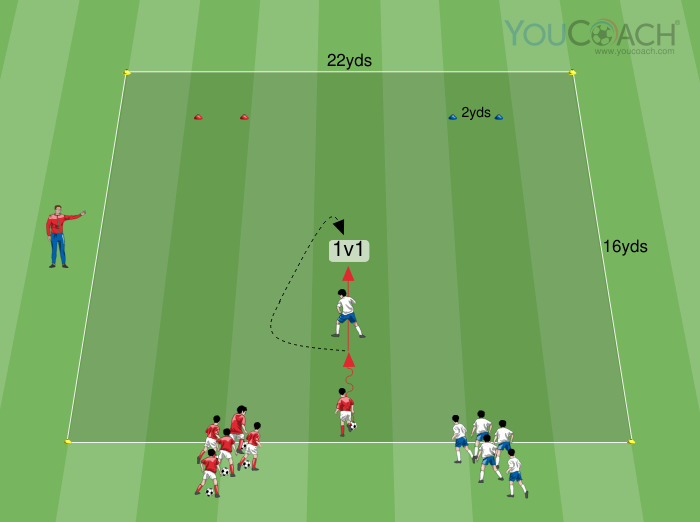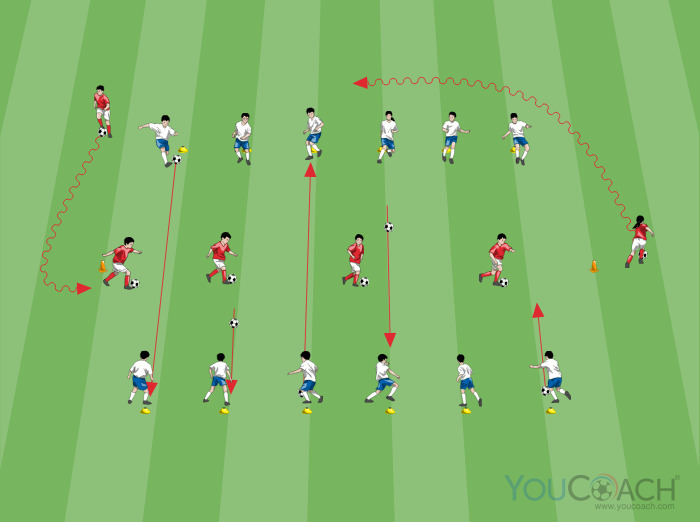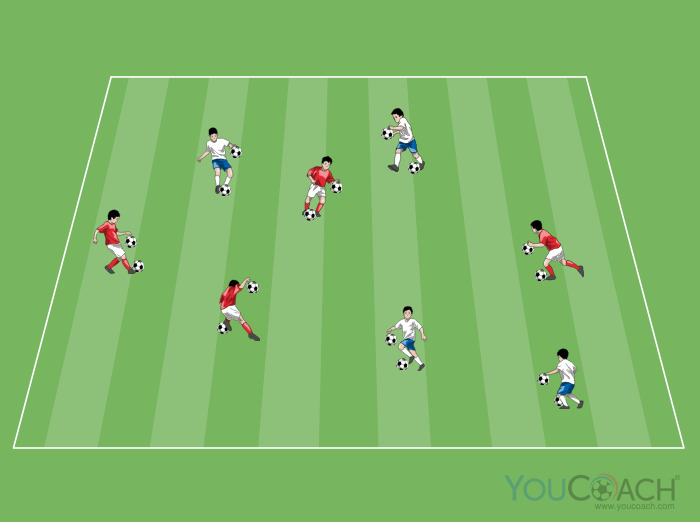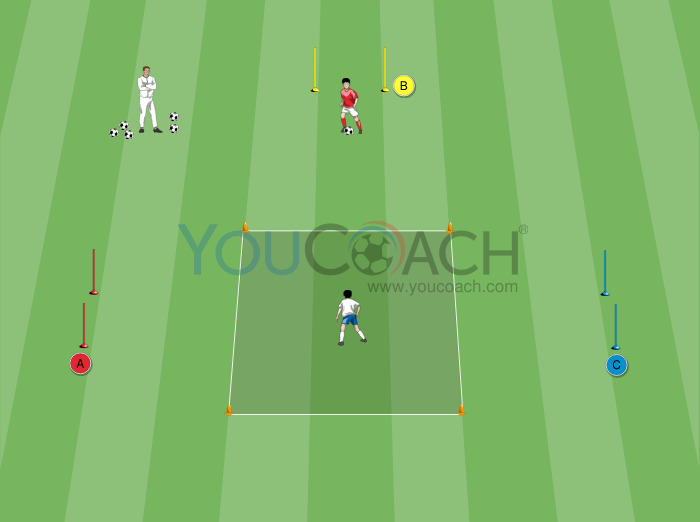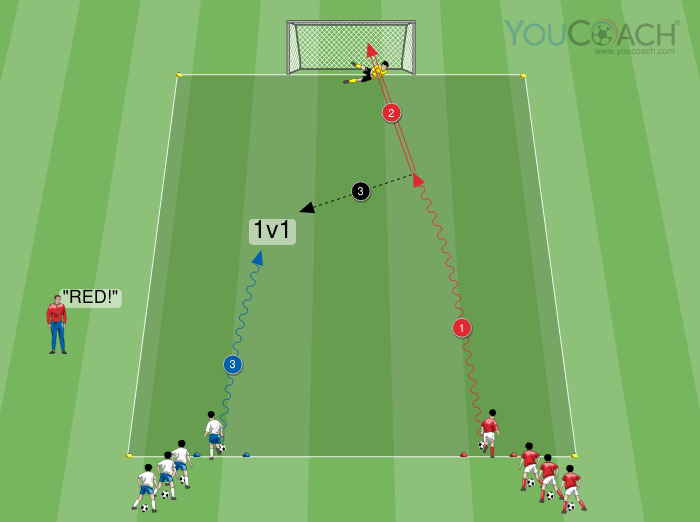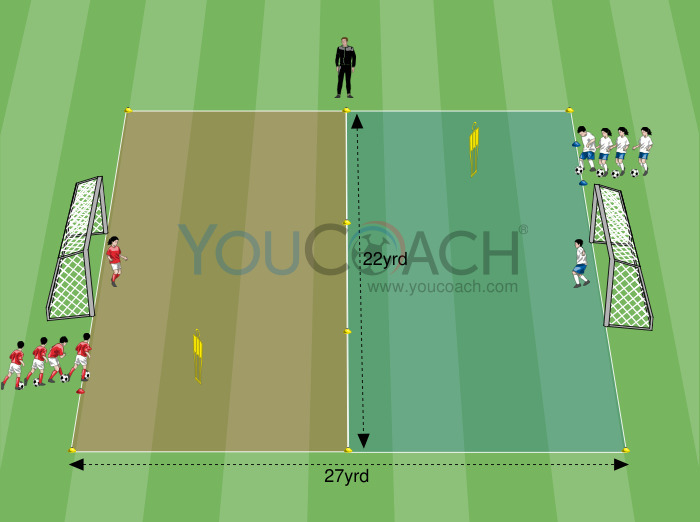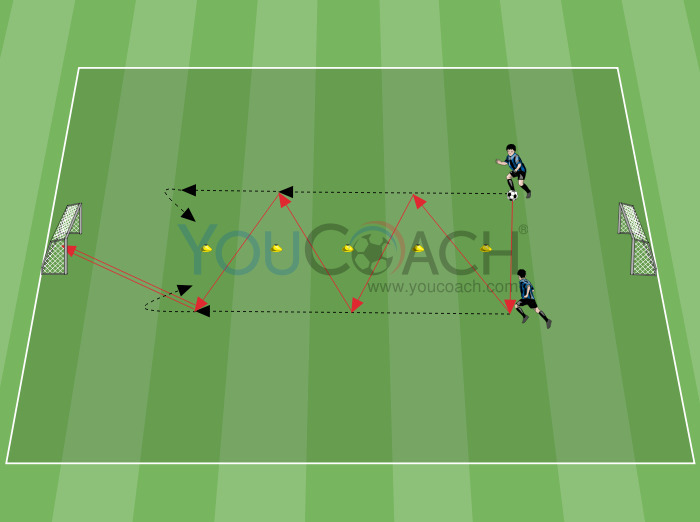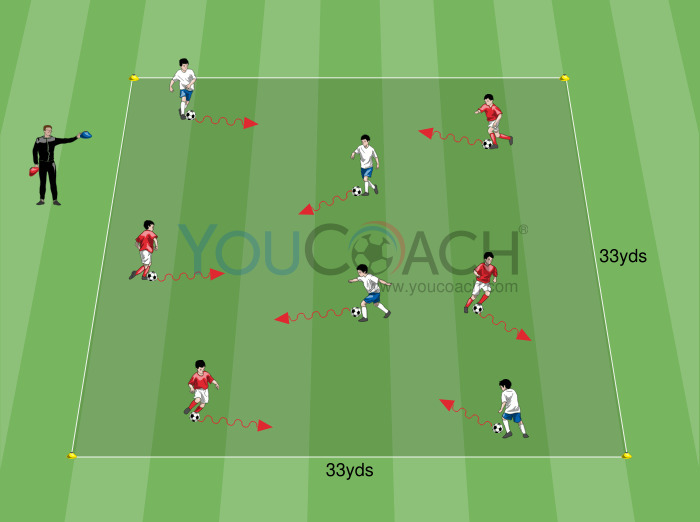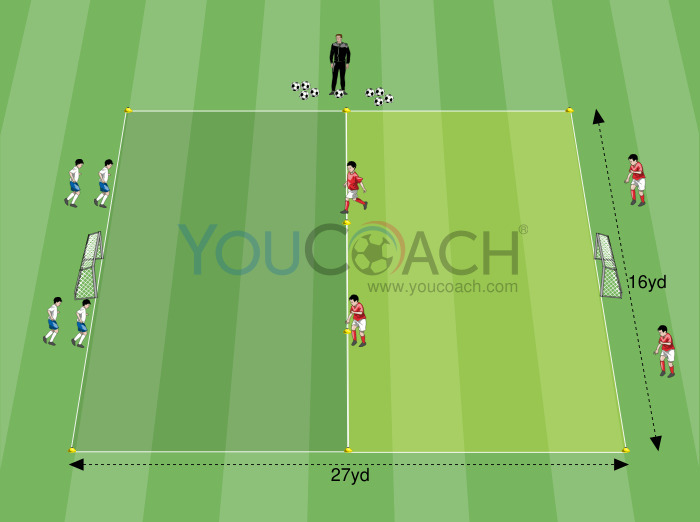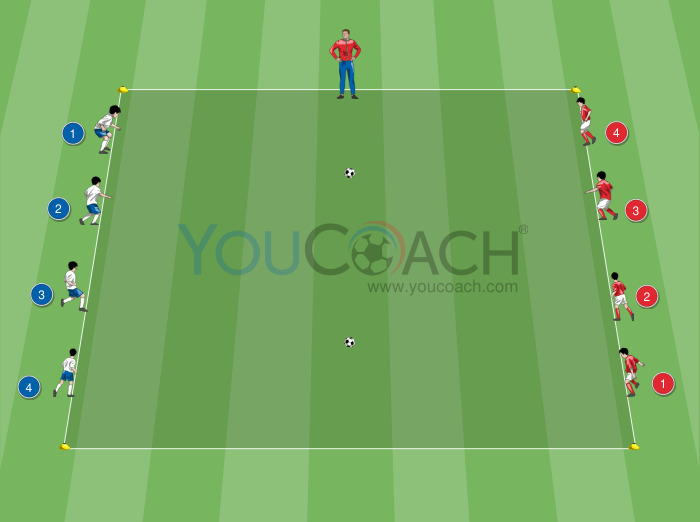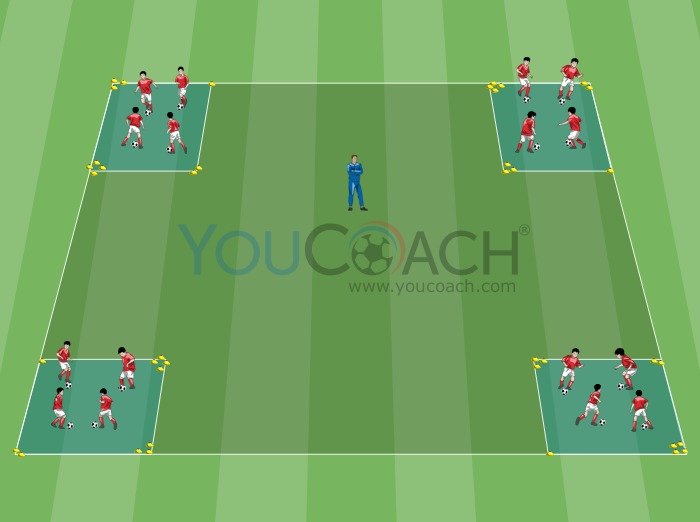Tone of voice
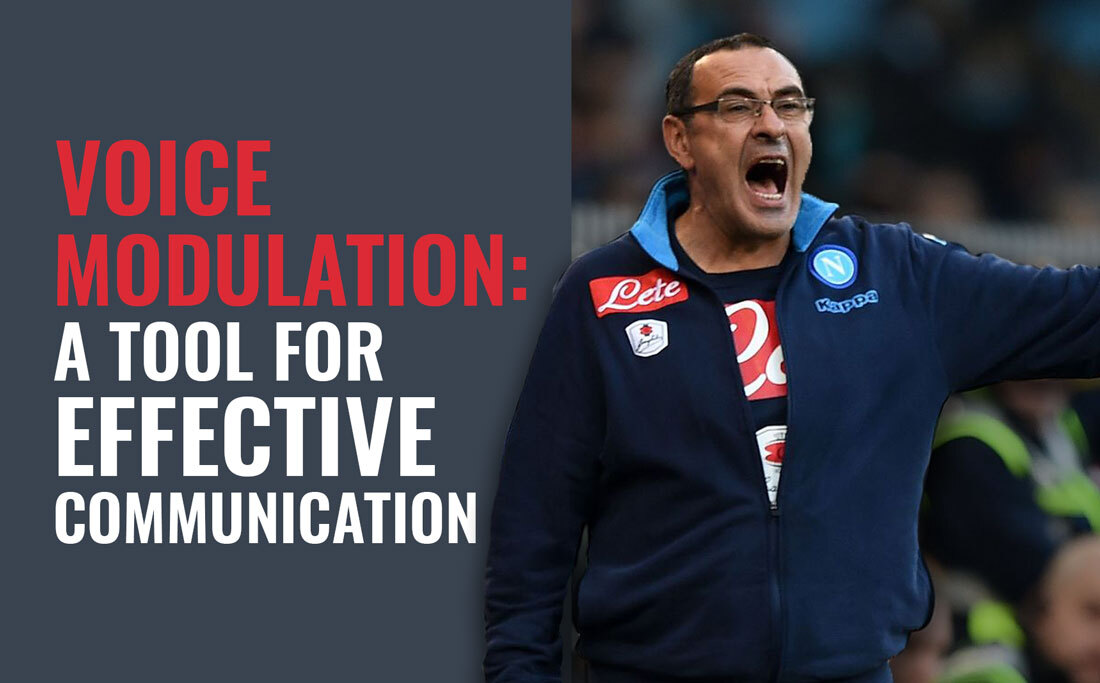
|
In this article we’re going to discuss how a correct modulation of the voice can result to be an excellent tool for communication and team management |
Tone of voice is part of non verbal communication. It can be low, loud, just perceptible, eccessive...
Many coaches/teachers do not realize how loud or low they are speaking, and that the variation of their tone can greatly affect communication efficacy.
First of all, it is important to receive players’ feedbacks in order to get information on how we are using our voice: Do they often ask us to repeat? Do they say they can’t hear us? Do they often show wrinkled foreheads? It is not always their fault!
Maybe our tone is too low, as would be appropriate in a gym but not in a noisy open space: there are often other teams practicing at the same time, airplanes or traffic passing by, etc. It is important to find the right volume of voice so that our messages arrive in a clear and direct way. Also, when players are already displayed on the field it is necessary to raise our voice, as well as choosing a suitable position on the pitch.

Beside the physical effort and often unecessary energy expense, speaking continuously loud and yelling have many other drawbacks. Shouting continuously is harmful: it irritates and tires us, gets on the players’ nerves and transmits that feeling of reprimand so usual for young people who are scolded through a raised voice in different contexts: at school, at home, on the field.
Shouting subconsciously recalls the typical feelings of a reprimand: rage, frustration, feeling guilty, distress, depending on the individual’s past experiences.






